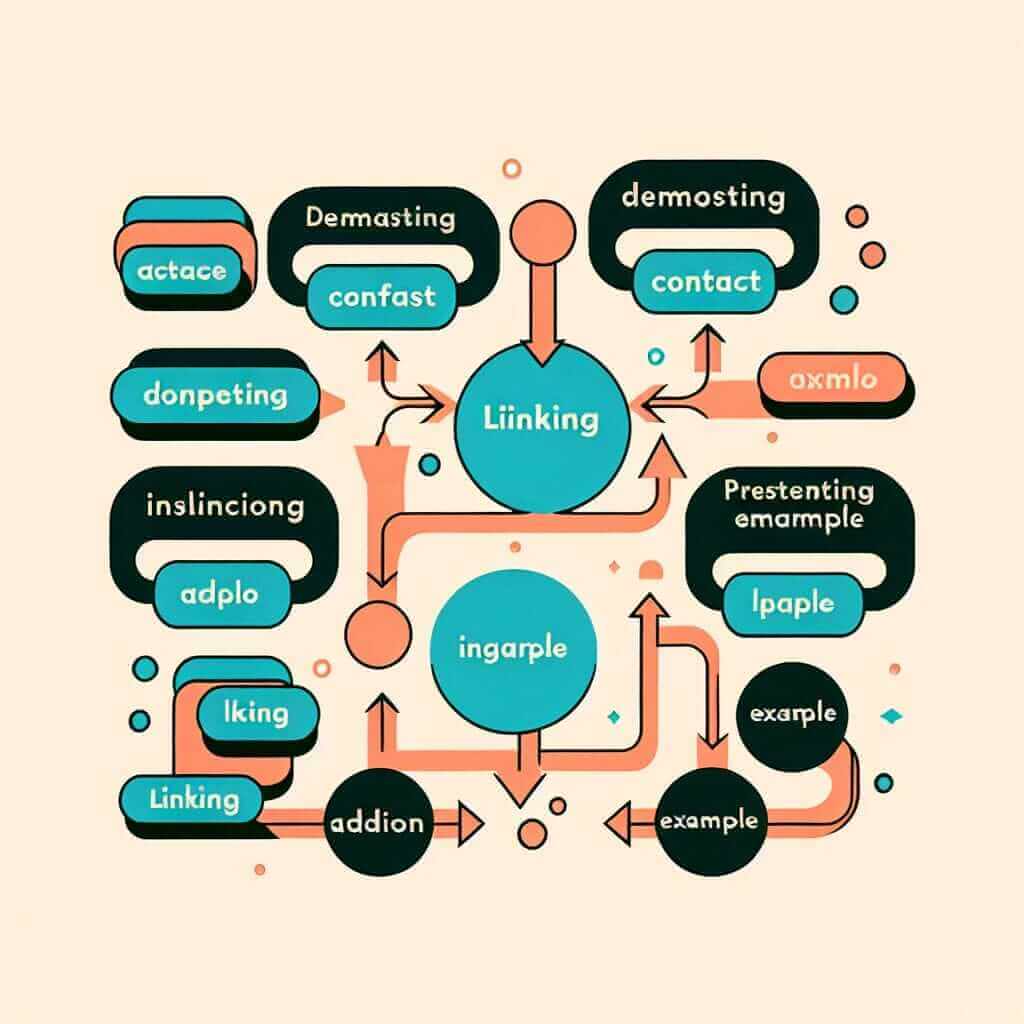Understanding Conversation Flow in IELTS Reading
As an IELTS instructor with over two decades of experience, I’ve witnessed firsthand how important it is to understand conversation flow in the IELTS Reading test. This skill is not about skimming or scanning for individual words. Instead, it’s about recognizing how ideas connect across sentences and paragraphs, allowing you to grasp the natural progression of a dialogue or discussion.
Mastering this skill can significantly impact your performance, especially in question types like:
- Matching headings: You need to identify the main idea of a paragraph and match it to the most appropriate heading.
- Multiple choice questions: Understanding the flow helps you locate relevant information within the passage and select the correct answer.
- Sentence completion: Recognizing the logical connections within a passage enables you to predict the missing information.
- Summary completion: Grasping the overall flow is essential for identifying key points and summarizing the text effectively.
Deconstructing Conversation Flow: Strategies for Success
So, how do you actually “read” for conversation flow? Here’s a breakdown:
1. Pay close attention to linking words and phrases: These are your road signs. Words like “however,” “moreover,” “on the other hand,” and “in contrast” signal shifts in argument or perspective. Recognizing these cues helps you anticipate what’s coming next and understand the relationships between ideas.
2. Identify the different speakers or viewpoints: IELTS Reading passages often present multiple perspectives, particularly in texts adapted from academic journals or discussions. Be mindful of who is speaking (or whose viewpoint is being presented) and how their opinions relate to others mentioned.
3. Look for examples and supporting details: These elements provide evidence for claims and arguments. Recognizing how they connect to the main idea strengthens your understanding of the conversation’s direction.
4. Practice active reading: Don’t just passively scan the words. Engage with the text by underlining key points, making brief notes in the margins, and summarizing paragraphs in your own words. This active approach forces you to think critically about the information presented and strengthens your grasp of the conversation flow.
Illustrative Example from IELTS Reading
Let’s examine a brief excerpt from a potential IELTS Reading passage:
“Some argue that globalization leads to cultural homogenization. However, others contend that it can actually diversify local cultures by introducing new ideas and practices. For instance, the influx of foreign cuisine in a particular region can lead to the creation of fusion dishes, blending traditional recipes with novel ingredients and techniques.”
<
In this example:
- “However” signals a contrasting viewpoint to the previous statement.
- “For instance” introduces an example supporting the claim that globalization can diversify cultures.
By identifying these linking words and understanding their function, you decipher the flow of ideas: from a concern about cultural homogenization to an argument for globalization’s diversifying potential.
Tips for Maximizing Your Score
- Don’t get bogged down by unfamiliar vocabulary: While understanding individual words is important, your primary focus should be on grasping the overall meaning and flow of the conversation.
- Practice with authentic IELTS Reading materials: Familiarize yourself with the types of texts and question formats commonly found in the exam.
- Time management is crucial: Develop a strategic approach to tackle the passages efficiently, allocating sufficient time to understand the conversation flow.
By honing your ability to dissect conversation flow, you equip yourself with a powerful tool for navigating the complexities of the IELTS Reading test. Remember, consistent practice and a focused approach are key to achieving your desired score.